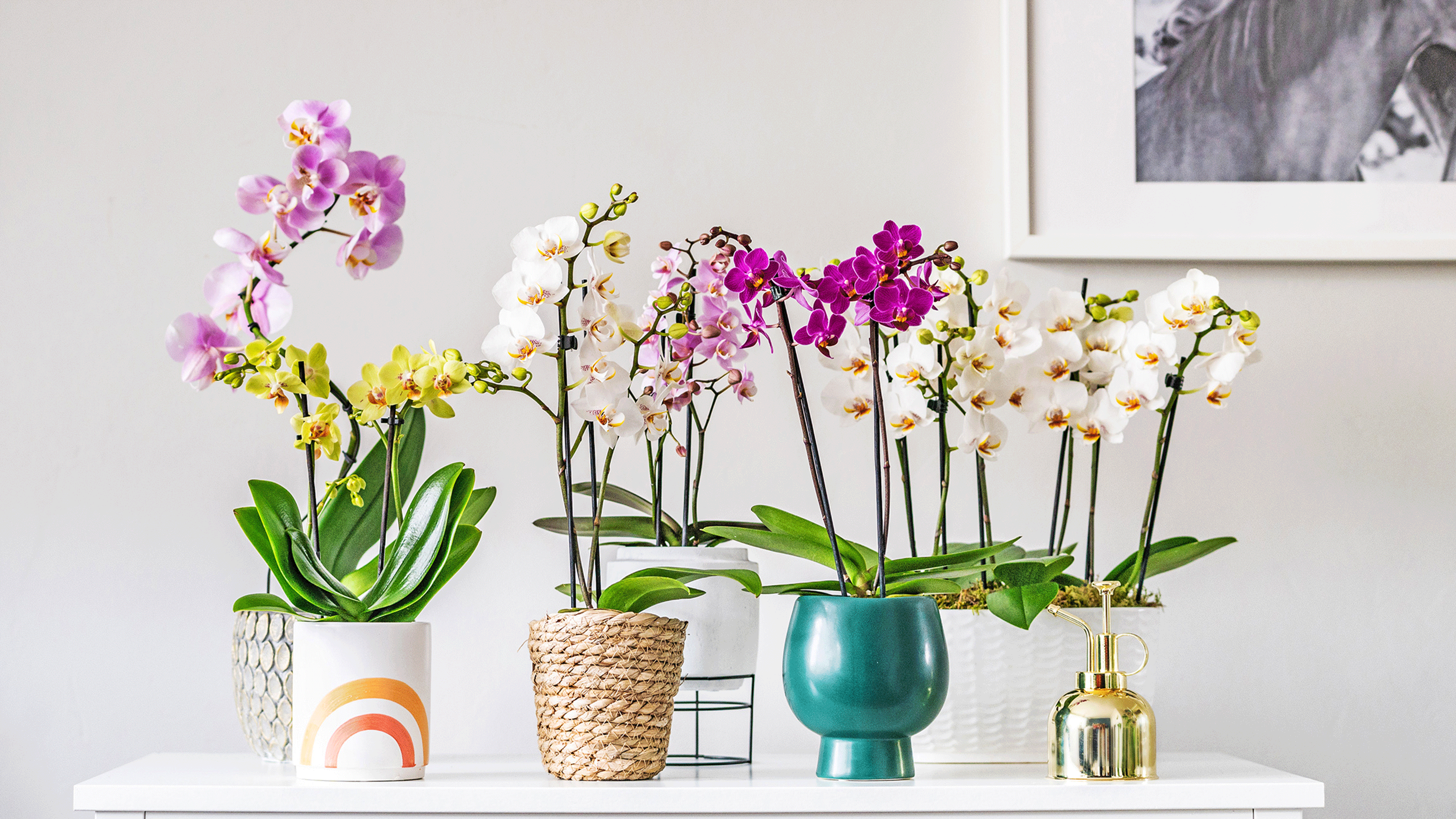As a beginner in orchid growing, it is important to know the difference between the indoor and outdoor types. There is much more to know about orchids. In this article we’ll take a closer look at indoor orchids and also provide the beginner some tips to keep in mind while growing these exotic treasures.
Caring for orchids indoors is a bit different than caring for them outdoors due to a few reasons, such as temperature, light, water, and humidity, and also because of the different orchid variety.payment may be made when purchased.ocking is always recommended with orchids.
Indoor Orchids:
There are many, many different varieties of orchids and it’s rare to find two indoor orchids that are exactly the same.
Indoor orchids grow best in temperatures that fall in the range of about 55° to 80°. Yes, they hate the cold! This is why recliners and other furniture designed for use outdoors are considered a safe place. Keep them under a lighted coffee table or on top of the dining room table.
Oxygen must be provided for them. Keep them fertilized and if you water them early, they love to be watered every two days.
I highly recommend that most indoor orchids be potted in pots instead of planting them directly into the ground. This is because natural roots grow away from the orchid. Potted orchids tend to be healthier and have a better root system, than their “clump-in-a-pot” cousins.
Most of the time, indoor orchids can be placed on a bookshelf in the dining room. It is also possible to hang orchids in baskets on walls where they can enjoy a little more shade.
Indoor plants need to be fertilized quite often.Once a month is sufficient and more or less if the plant is givenrients, such as live plant food.
When buying an indoor plant, always check the roots. Healthy roots will be firm and round in shape, like unwrapped pencil erasers. Roots that are brown are damaged or have parasites on them.
Here are a few light care tips:
Lighting:
Orchids need to be lighted during the day every day, especially in direct sunlight. Artificial lighting is not a good option. The specific types of light to use may have to be chosen based on the orchid species you have.
How much light an orchid needs depends on the species and the type of orchid. A moth orchid will need a lot of diffuse light, while a Cymbidium orchid will prefer to be close to a window that is place closer to the sun.
The overall intensity of light that’s needed is very important. A level surface in your window will do. High intensity bulbs such as metal halide or fluorescent lamps is not recommend because the light can be too intense for orchids.
To set-up an ap draining system, make sure the pot has proper drainage holes. If the plant doesn’t have a pot that can hold water then it needs to be watered by standing water and dilute the solution to about 1/4 strength.
Watering:
Depending on your location, indoor orchids should be watered thought the average, once every 6 to 8 weeks. It is recommended that you water indoor plants early in the morning so the foliage can be dried by lunch or the earlier the better.
Over-watering indoor orchids is not as dangerous as they are in the wild. Indoor orchids are much more particular about their needs then their natural counterparts. Should you be unsure if your orchid needs water, just touch the media on the plant. If it feels like a little dry but there is water on the leaves, then you should not water that day.

